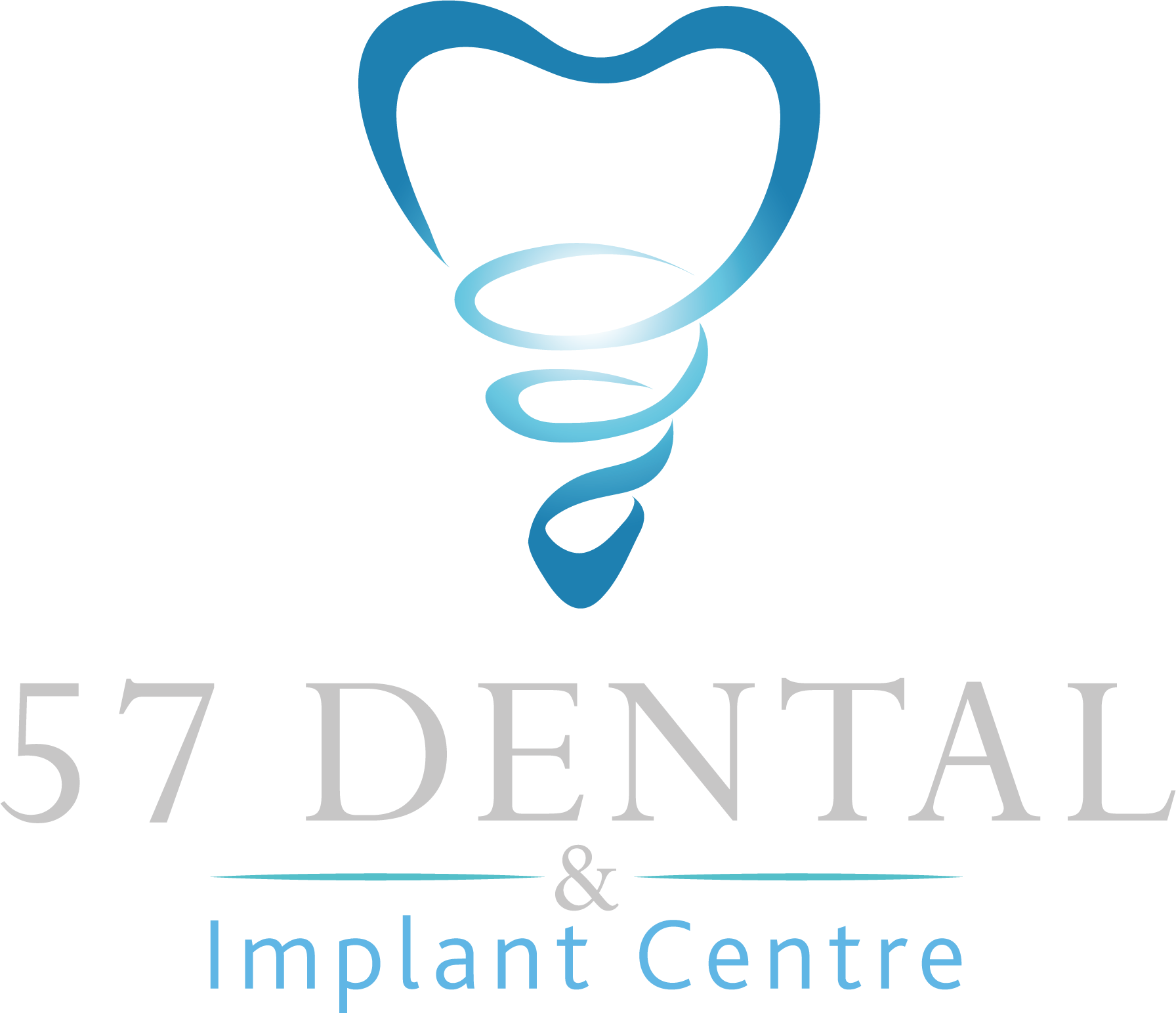Regarding dental implant planning, accuracy and precision are of utmost importance. Dentists use advanced imaging techniques like Cone Beam Computed Tomography (CBCT) scans to ensure successful implant placement. CBCT scans provide detailed 3D images of the patient’s oral structures, allowing dentists to assess bone density, locate vital facilities, and plan the implant procedure more confidently. In this blog post, we will explore the significant role of Cone Beam CT scans in dental implant planning and discuss their benefits for dentists and patients.
What is Cone Beam Computed Tomography (CBCT)?
Before delving into its role in dental implant planning, let’s understand Cone Beam CT. CBCT is a specialised imaging technique that employs a cone-shaped X-ray beam to capture high-resolution 3D images of the patient’s oral structures, including teeth, bones, nerves, and soft tissues. Unlike traditional 2D dental X-rays, CBCT provides a comprehensive view of the entire oral anatomy, enabling dentists to analyse the patient’s oral health more accurately.
Preoperative Assessment and Treatment Planning
A. Evaluating Bone Density and Quality:
CBCT scans allow dentists to assess the quality and quantity of the patient’s jawbone, which is crucial for successful implant placement. Dentists can plan bone grafting procedures by identifying areas with insufficient bone density or recommend alternative implant techniques, such as zygomatic or pterygoid implants. CBCT scans also help determine the optimal implant size and position within the available bone structure.
B. Locating Vital Structures:
CBCT scans provide detailed information about the location of vital structures like nerves, blood vessels, and sinus cavities. This information is crucial for avoiding damage to these structures during the implant procedure. By visualising the precise position and proximity of these structures, dentists can plan the implant placement to ensure the safety and comfort of the patient.
C. Planning Surgical Guides:
CBCT scans facilitate the creation of surgical guides and custom-made tools that assist dentists during implant surgery. These guides are designed based on the CBCT images and provide a template for precise implant placement. Surgical guides improve the accuracy and efficiency of the procedure, leading to better implant outcomes and reduced surgical time.
Postoperative Evaluation and Follow-Up
A. Assessing Implant Position and Integration:
After the implant surgery, CBCT scans can be used to evaluate the position of the implants and their integration with the surrounding bone. This assessment helps dentists ensure that the implants are correctly placed and successfully integrated with the bone, which is crucial for long-term implant stability and functionality.
B. Detecting Complications and Pathologies:
CBCT scans reveal postoperative complications or pathologies that may affect the dental implants. These scans detect infection, peri-implantitis (inflammation around the implant), or bone loss. Early detection of such complications allows dentists to intervene promptly and prevent further damage to the implants or surrounding tissues.
Benefits of Cone Beam CT Scans in Dental Implant Planning
1. Enhanced Accuracy and Precision
CBCT scans provide highly detailed 3D images, allowing dentists to visualise the patient’s oral structures from different angles. This comprehensive view enhances accuracy and precision in treatment planning, improving implant outcomes and patient satisfaction.
2. Reduced Treatment Time
By providing critical information about bone density, vital structures, and anatomical anomalies, CBCT scans help streamline the implant planning process. Dentists can anticipate potential challenges and plan accordingly, reducing the need for additional procedures and minimising treatment time.
3. Minimised Radiation Exposure
Although CBCT scans use X-rays, they emit significantly lower radiation than conventional CT scans. This reduced radiation exposure ensures the safety of patients, especially when multiple scans are required during the treatment process.
4. Improved Patient Communication
CBCT scans provide visual aids that patients can share, helping them understand their oral health condition and the proposed treatment plan. Visualising the implant procedure and its expected outcomes can alleviate patient anxiety and foster better communication between the dentist and the patient.
Conclusion:
Cone Beam CT scans have revolutionised dental implant planning by providing detailed 3D images that enhance accuracy, precision, and patient outcomes. From preoperative assessment to postoperative evaluation, CBCT scans are crucial in determining implant size, position, and overall success. By utilising this advanced imaging technology, dentists can ensure optimal implant placement, minimise complications, and deliver exceptional patient care. If you are considering dental implants in Cleckheaton, consult our professional dentist who utilises Cone Beam CT scans for a comprehensive and successful treatment experience.
FAQs
- What is the difference between a Cone Beam CT scan and a traditional dental X-ray?
Unlike traditional dental X-rays, which provide 2D images, Cone Beam CT scans offer detailed 3D images of the oral structures. This allows for a more precise assessment of bone density, accurate implant planning, and better visualisation of vital systems.
- Are Cone Beam CT scans safe?
Yes, Cone Beam CT scans are considered safe. While they use X-rays, the radiation exposure is significantly lower than conventional CT scans. Dentists take necessary precautions to limit radiation exposure and ensure patient safety.
- How long does a Cone Beam CT scan take?
The duration of a Cone Beam CT scan typically ranges from 10 to 40 seconds, depending on the complexity of the scan and the specific requirements of the patient’s case.
- Can everyone undergo a Cone Beam CT scan?
Cone Beam CT scans are generally safe for most patients. However, informing the dental professional about any existing medical conditions, allergies, or pregnancy before undergoing the scan is essential.
- How does Cone Beam CT scanning aid in implant placement accuracy?
Cone Beam CT scans provide dentists with detailed information about the patient’s bone density, anatomical structures, and potential challenges. This enables precise implant placement, minimising the risk of complications and improving the overall success rate of the procedure.
